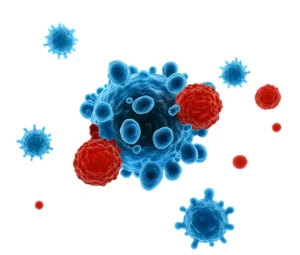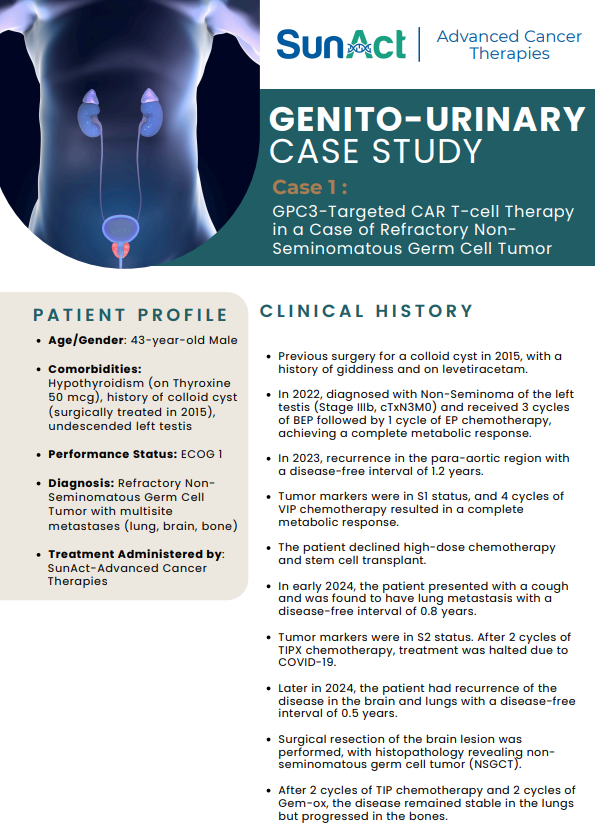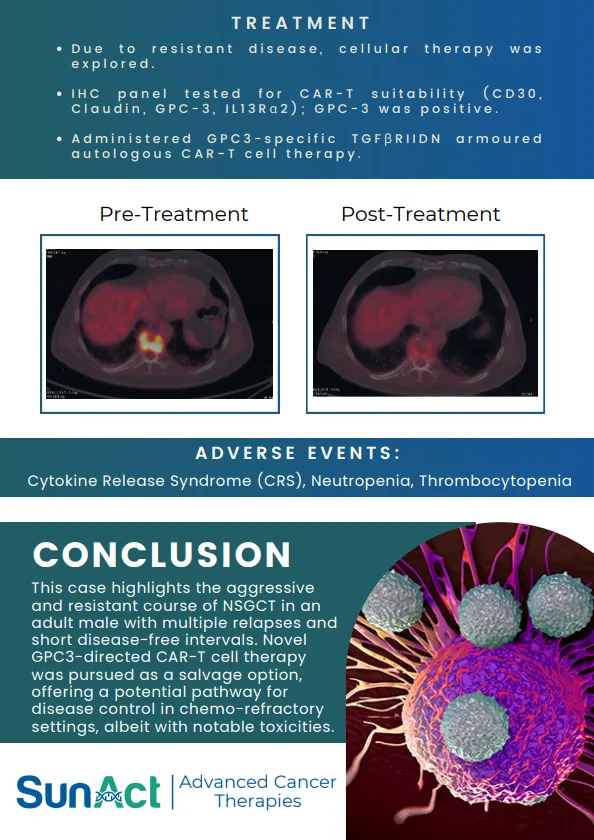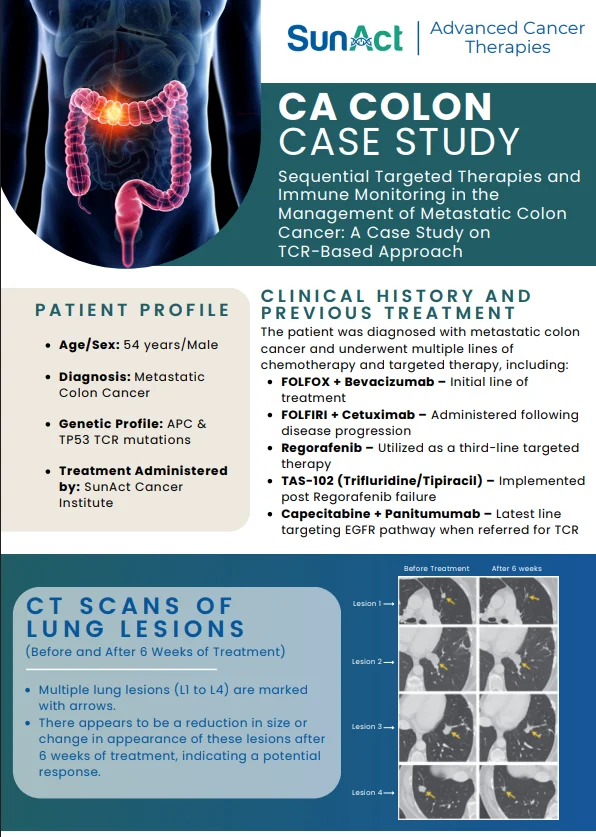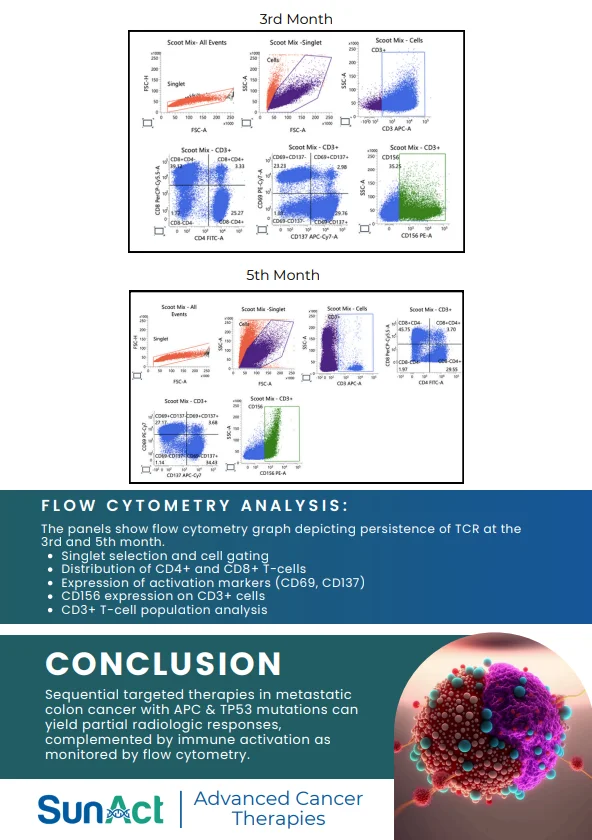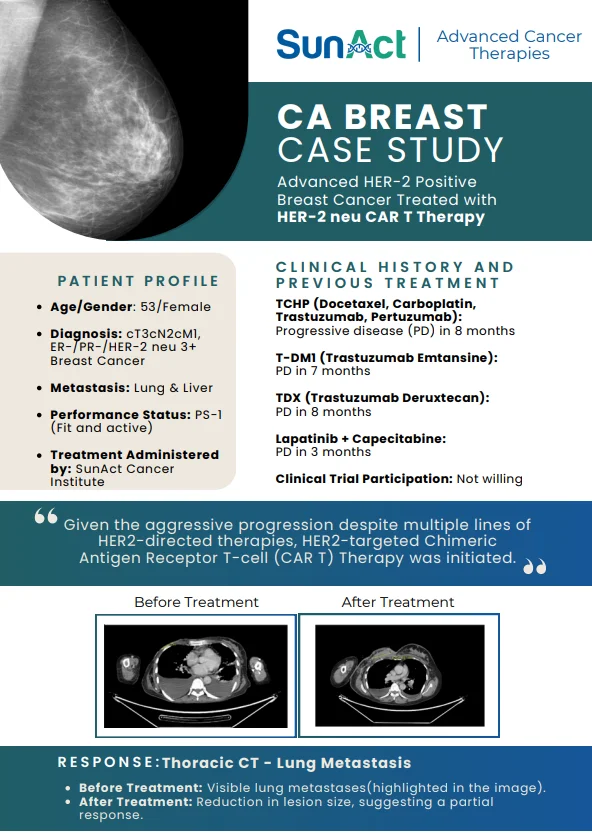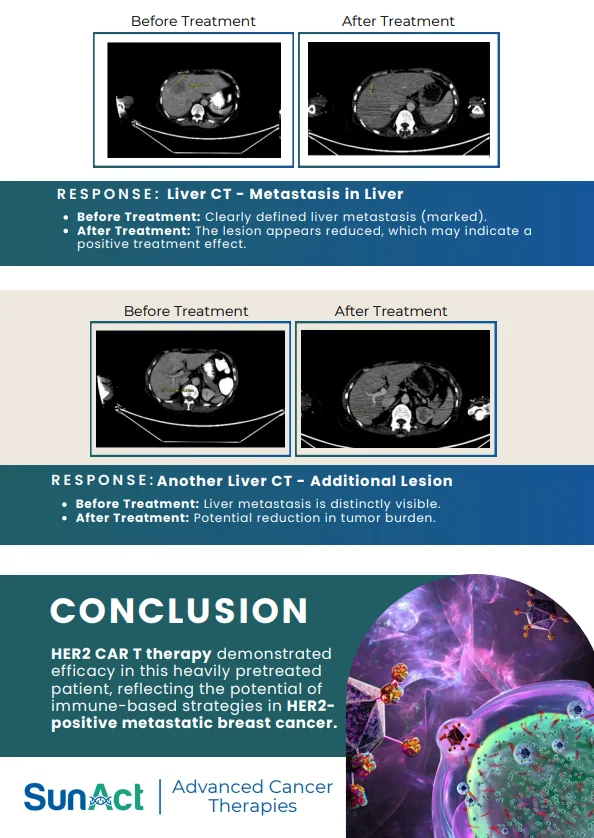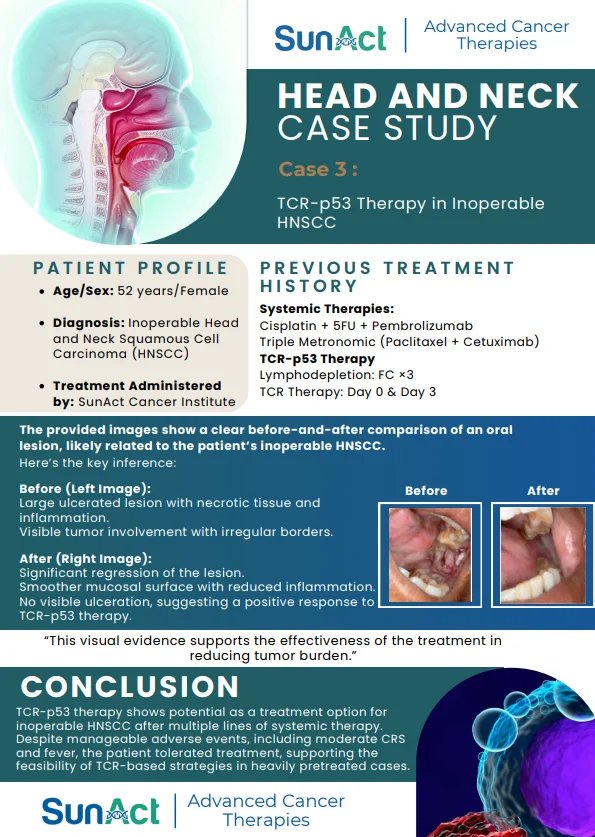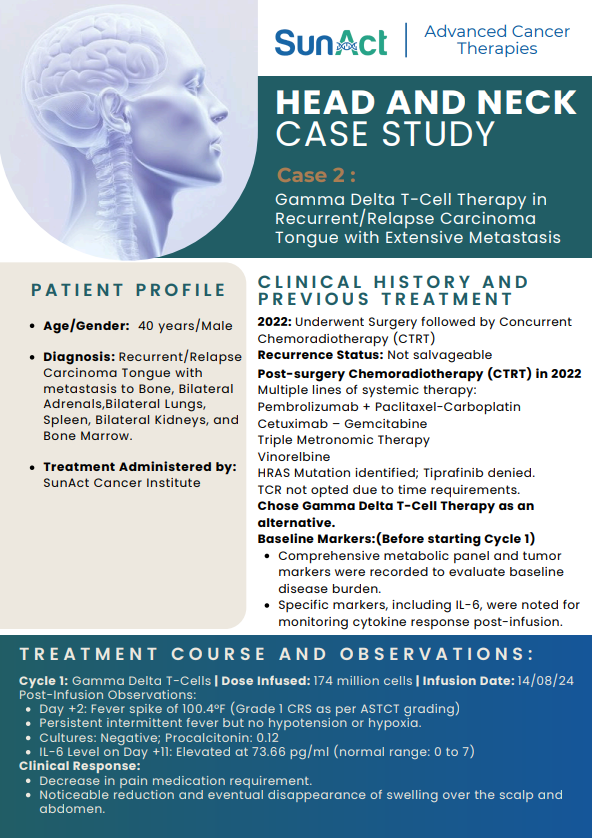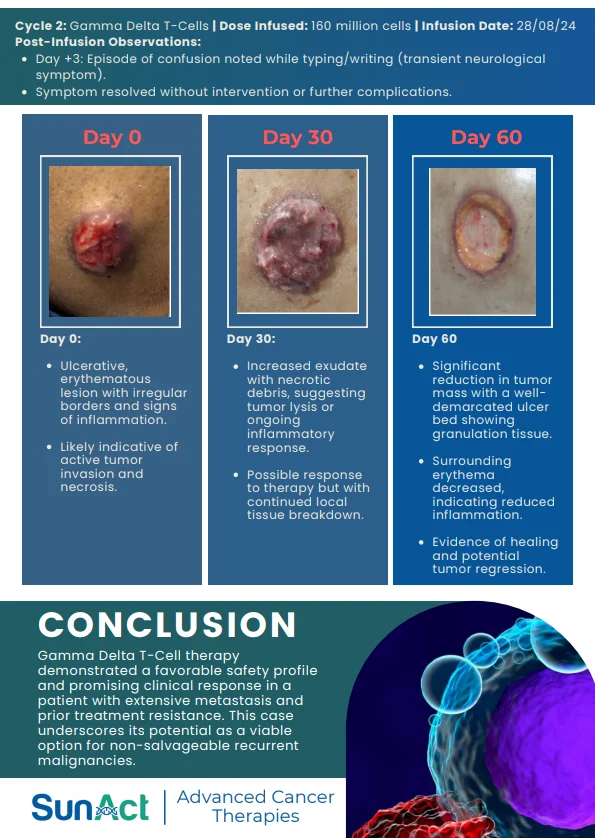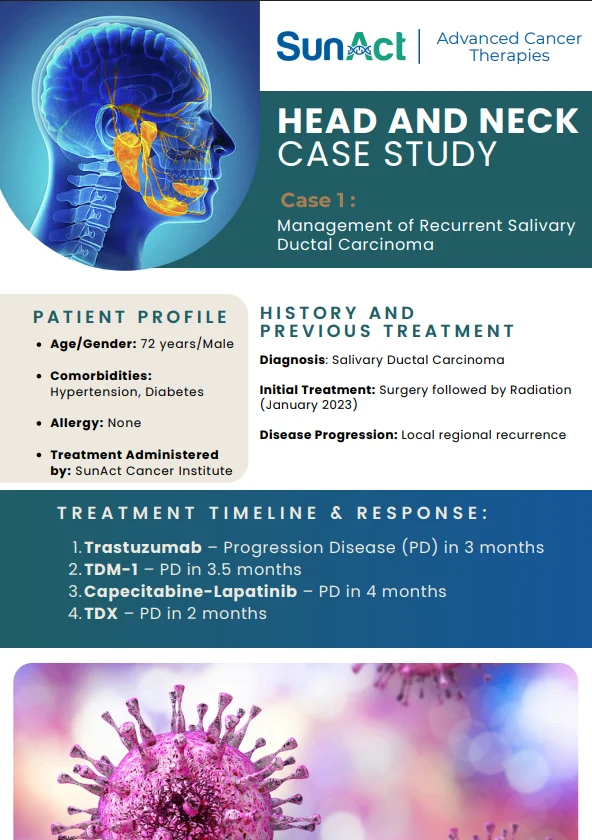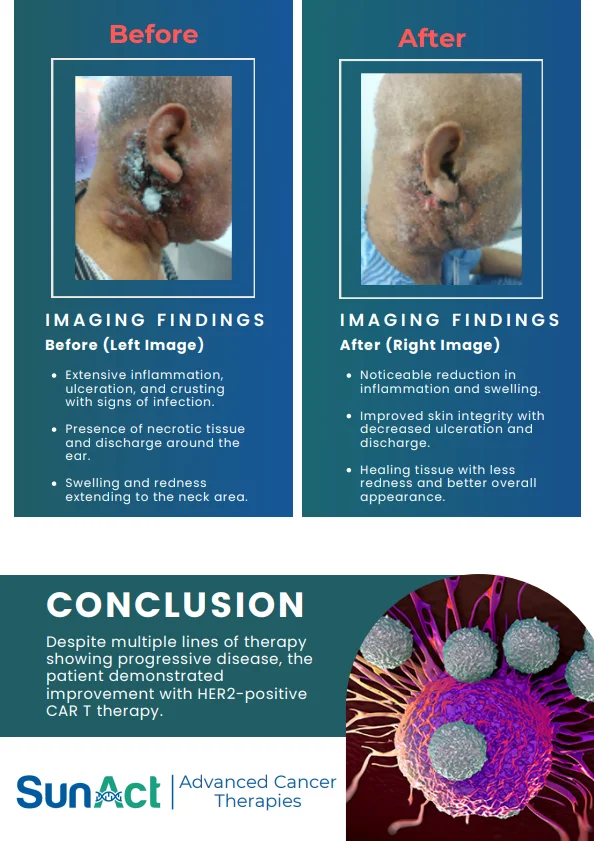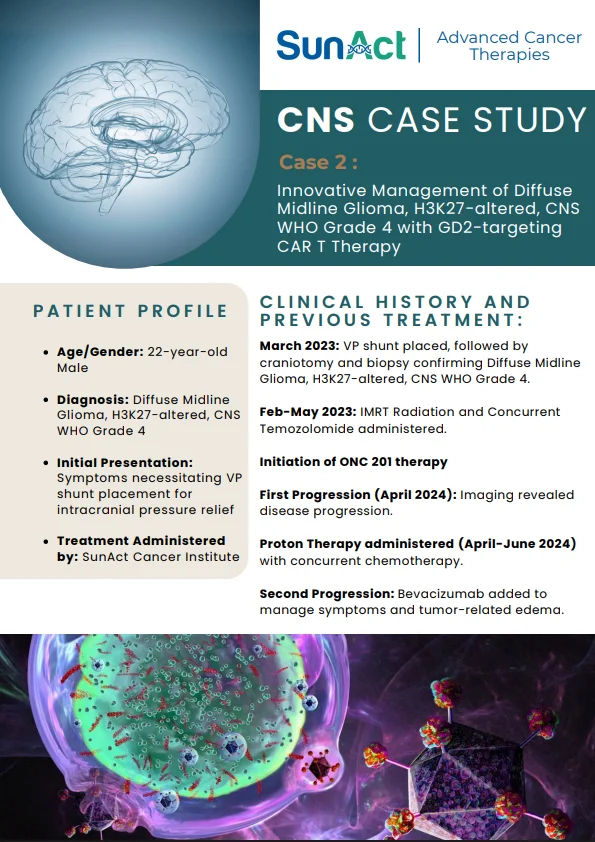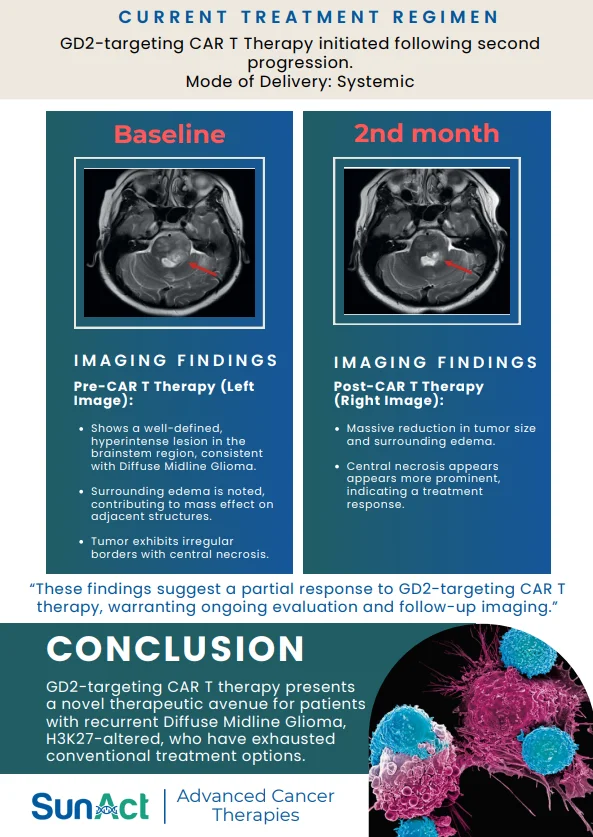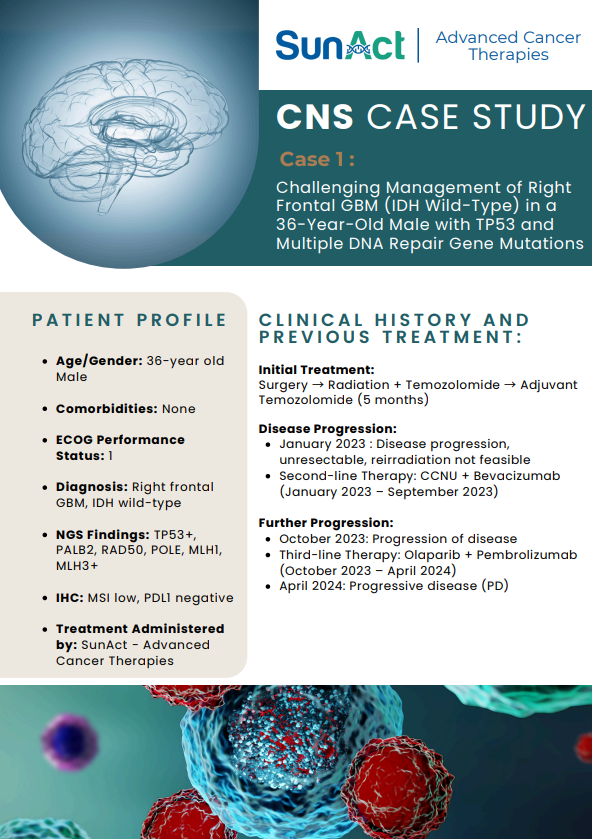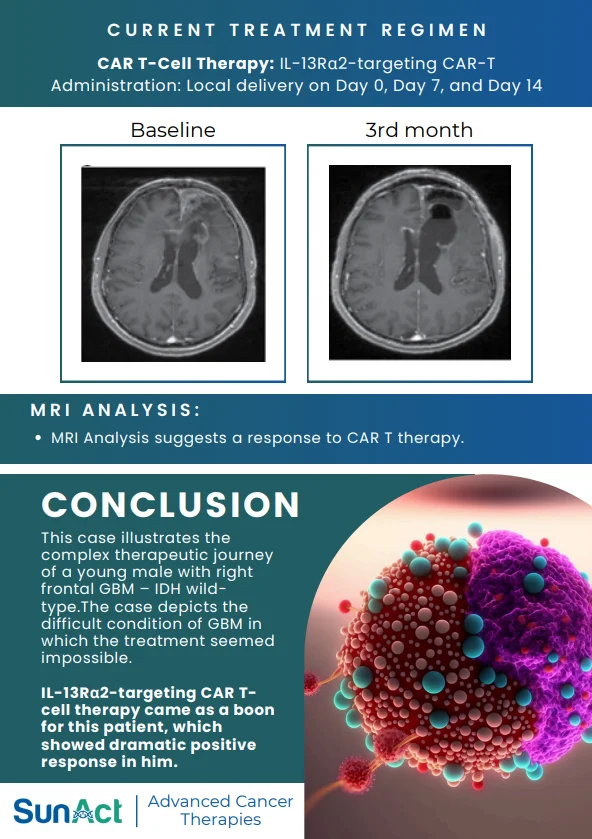17 August 2025
Introduction
Cancer care is evolving quickly, and CAR T – cell therapy is one of the most important advances. In this treatment, a person’s own immune cells (T-cells) are collected, engineered in a lab to better recognise cancer, and then infused back to attack it. People living with HIV/AIDS (PLHA) can develop blood cancers like diffuse large B‑cell lymphoma (DLBCL). Although PLHA were excluded from the original approval trials for CAR T, growing real‑world experience shows that CAR-T can be safe and effective for selected PLHA when HIV is well controlled and care is coordinated by an experienced team.
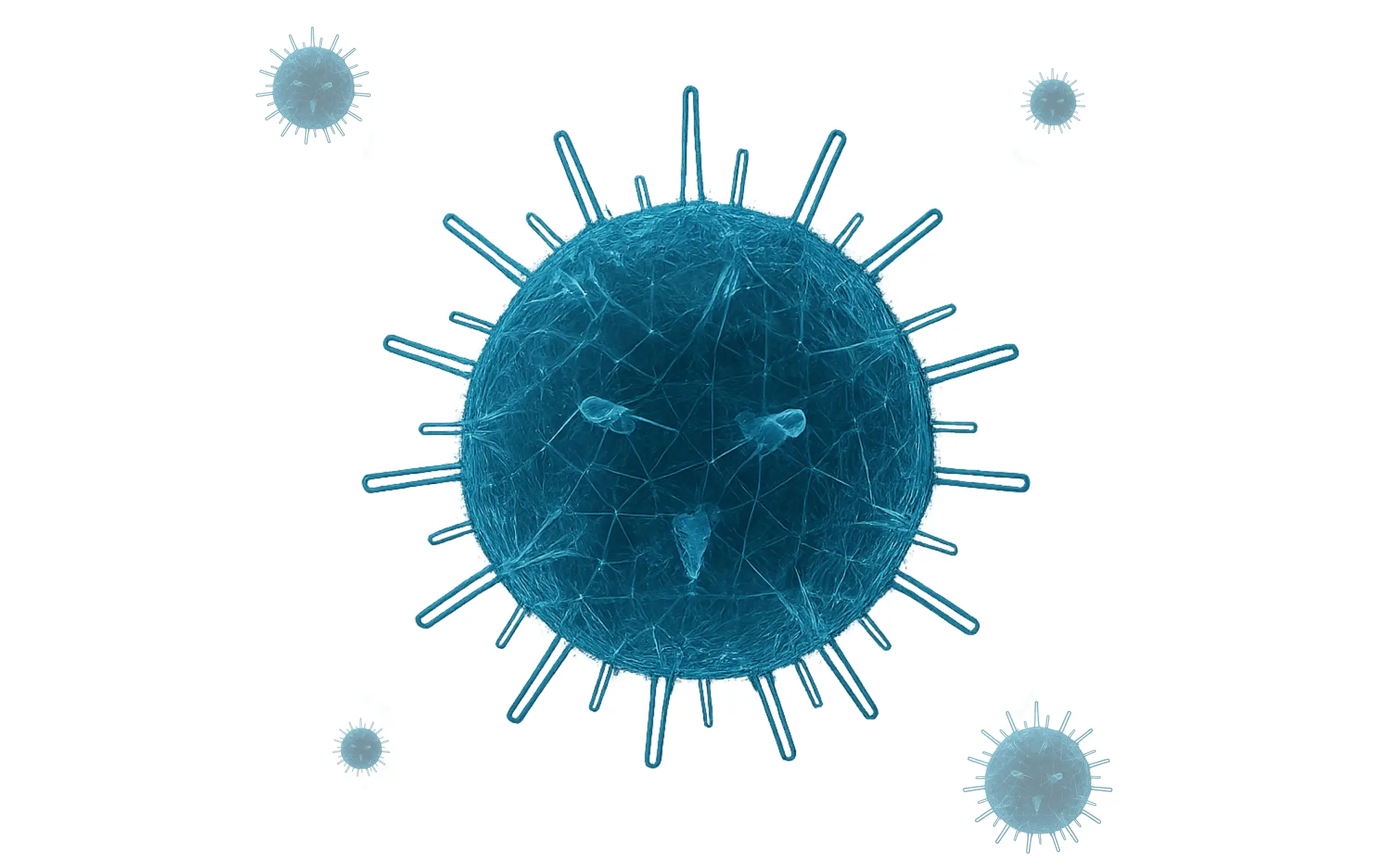
HIV-related cancers becoming targets for CAR‑T
CD19‑directed CAR‑T therapy has changed outcomes for patients with certain B‑cell lymphomas after standard treatments fail. Increasingly, PLHA with relapsed or refractory DLBCL have been treated with CD19 CAR‑T when on stable antiretroviral therapy (ART), with low or undetectable viral loads. These reports show that T‑cells from PLHA can be collected and engineered, and that the therapy can control lymphoma. Researchers are also exploring future approaches that may one day target both lymphoma and HIV, though these remain experimental.
Caveats, controversies, and practical issues
- Limited trial data: Because PLHA were not included in pivotal studies, most evidence comes from case reports and small series. The early signal is encouraging but still limited.
- Manufacturing feasibility: Successful leukapheresis and CAR‑T production have been reported while patients continued ART, without special holds or extra safety steps.
- Platform choice: Most published cases used a gamma‑retroviral CAR‑T product. Lentiviral platforms raise theoretical concerns in PLHA and have less published experience in this specific setting.
- Drug interactions and infection risk: ART should continue throughout treatment. Coordination with infectious disease specialists helps prevent interactions and maintain viral suppression.
- Toxicities: Side effects like cytokine release syndrome (CRS) and immune‑cell neurotoxicity (ICANS) occurred at expected rates and were managed with standard treatments such as tocilizumab and steroids.
Experience in the literature
- Who was treated: Reported patients were adults with relapsed or refractory DLBCL, often after several prior therapies. Many had undetectable HIV viral loads and CD4 counts commonly around the low‑to‑mid 100s to 200s.
- Treatment given: Patients received CD19 CAR‑T with standard lymphodepleting chemotherapy (fludarabine and cyclophosphamide), while ART continued without interruption.
- Outcomes: A majority achieved meaningful responses, including complete and partial remissions. Toxicities were manageable, and there were no reported manufacturing failures.
- Early registry signal: Interim registry experience suggests feasibility and outcomes broadly comparable to non‑HIV populations over early follow‑up, though longer‑term data are still needed.
Recommendations from the literature
- Multidisciplinary coordination: Involve oncology, infectious disease, pharmacy, apheresis, and cell therapy teams from the start.
- Maintain ART: Keep HIV therapy uninterrupted; adjust the regimen only to avoid drug interactions.
- Infection prevention: Screen for and treat infections before therapy; provide prophylaxis (for example, Pneumocystis and herpesvirus) based on CD4 count and clinical risk.
- Standard CAR‑T pathways: Use routine lymphodepletion and follow established protocols for monitoring and managing CRS/ICANS.
- HIV and immune monitoring: Check HIV viral load regularly after infusion, follow CD4/CD8 recovery, and consider IVIG if infections occur with low antibody levels.
- Product/platform selection: Prefer CAR‑T platforms with existing experience in PLHA until broader data are available for others.

